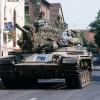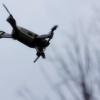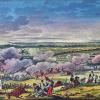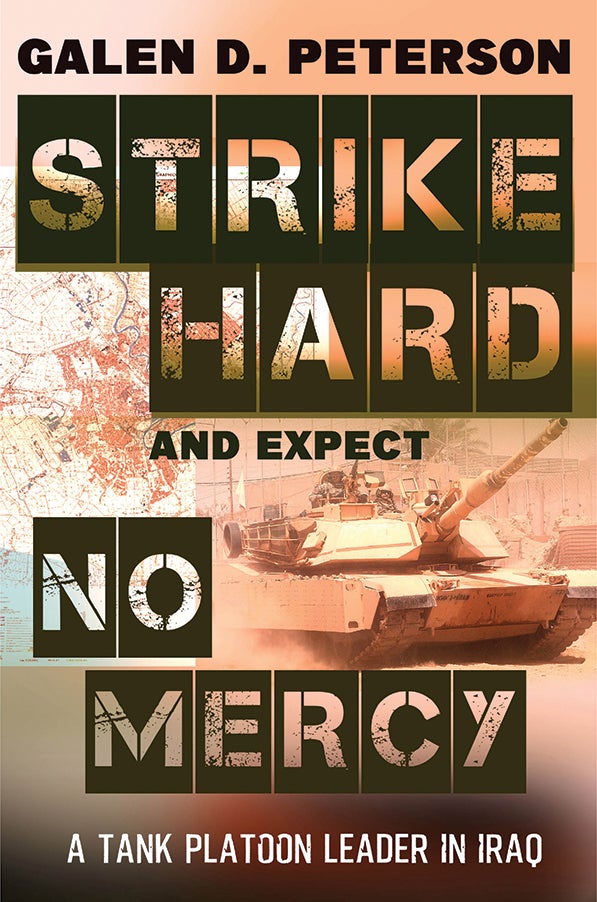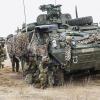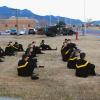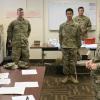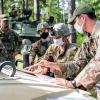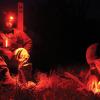On the Fourth of July, 1917, American troops of the 1st Infantry Division paraded through the streets of Paris. Having resisted allowing them to be on display for fear that the trained eye would see the leading edge of America’s contribution to the war effort for what they were—civilians in uniforms—American Expeditionary Forces commander Gen. John Pershing had finally relented. The French were thrilled, less those who could see that these men were not prepared to cross the mud and blood to reach green fields beyond the trenches.
Finishing their parade at the tomb of the Marquis de...


